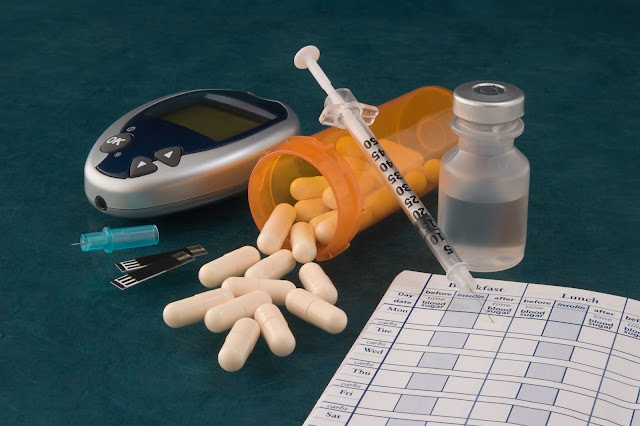Medical Composites Market is empowering the healthcare industry with robust bio-compatibility trends
The medical composites market is made up of cutting-edge composite materials that are superior in mechanical strength, lightweight, and biocompatibility and are utilized in a variety of medical applications. Medical composites are widely used in orthopedic equipment, dental fillings, reconstructive surgery, wound care products, and implants. These composites offer excellent mechanical qualities for long-term service life, flexibility in design, and the ability to manufacture products with extreme precision.
Key Takeaways
Key players operating in The
Medical Composites Market are Toray Industries Inc., 3M, DSM, Polygon
Company, Compoiflex, Icotech AG, Shanghai Cedar Composites Technology Co. Ltd.,
Vermont Composites, Inc., Royal Tencate N.V., PolyOne Corporation, Quatro
Composite LCC, Dentsply Sirona, Ceram Tech GmbH, and Evonik Industries AG.
These leading manufacturers are focusing on new product developments and
strategic collaborations to strengthen their market position.
 |
| Global Medical Composites Market |
The demand for medical composites is growing substantially owing to the rising incidences of chronic diseases, increasing spending on healthcare infrastructure, and awareness about advanced treatment procedures. Growing geriatric population worldwide is also propelling the need for medical composites in various orthopedic and prosthetic applications.
In addition, major players are expanding their production facilities across
different geographies to cater to the surging global demand. For instance,
Toray Industries established a new facility in Vietnam in 2022 for carbon fiber
composite materials used in medical applications.
Market key trends
Lightweight composite materials are gaining prominence in the medical
composites industry led by their long-term fatigue resistance and high specific
strength properties. Increased adoption of carbon fiber reinforced composites
allows for designing medical implants and prosthetics that can withstand heavy
loads while being extremely lightweight. Furthermore, the use of bio-based
resins from resources like flax, hemp, and pine is emerging as a sustainable
trend in the medical composites sector. Natural fiber reinforced plastics
provide enhanced feel and comfort for patients along with environmental
benefits. 3D printing technologies are also enabling customized designer
medical composites with complex geometric designs and improved mechanical
characteristics. This trend is expected to disrupt the medical devices industry
by reducing turnaround times and production costs.
Threat of new entrants: The medical composites market requires huge capital investments for research and development, manufacturing facilities, and obtaining regulatory approvals which makes it difficult for new players to enter the market.
Bargaining power of buyers: The bargaining power of buyers is moderate as there are no close substitutes available for medical composites and switching costs are high.
Bargaining power of suppliers: The bargaining power of suppliers is moderate due to the availability of substitutes and dispersion of suppliers across different industries.
Threat of new substitutes: Low threat of new substitutes as medical composites have superior properties making them irreplaceable in medical applications.
Competitive rivalry: Intense competition among existing players to gain market share and create brand value.
Geographical Regions
The medical composites market in North America is currently valued at around US$ 1 Bn owing to the rising prevalence of chronic diseases and developed healthcare infrastructure in the United States and Canada.
Asia Pacific region is poised to grow at a CAGR of over 12% between 2024-2031. This can be attributed to factors such as growing medical devices industry, rising healthcare spending, increasing patient pool and government initiatives to strengthen healthcare systems in countries like China, India and South Korea.



Comments
Post a Comment